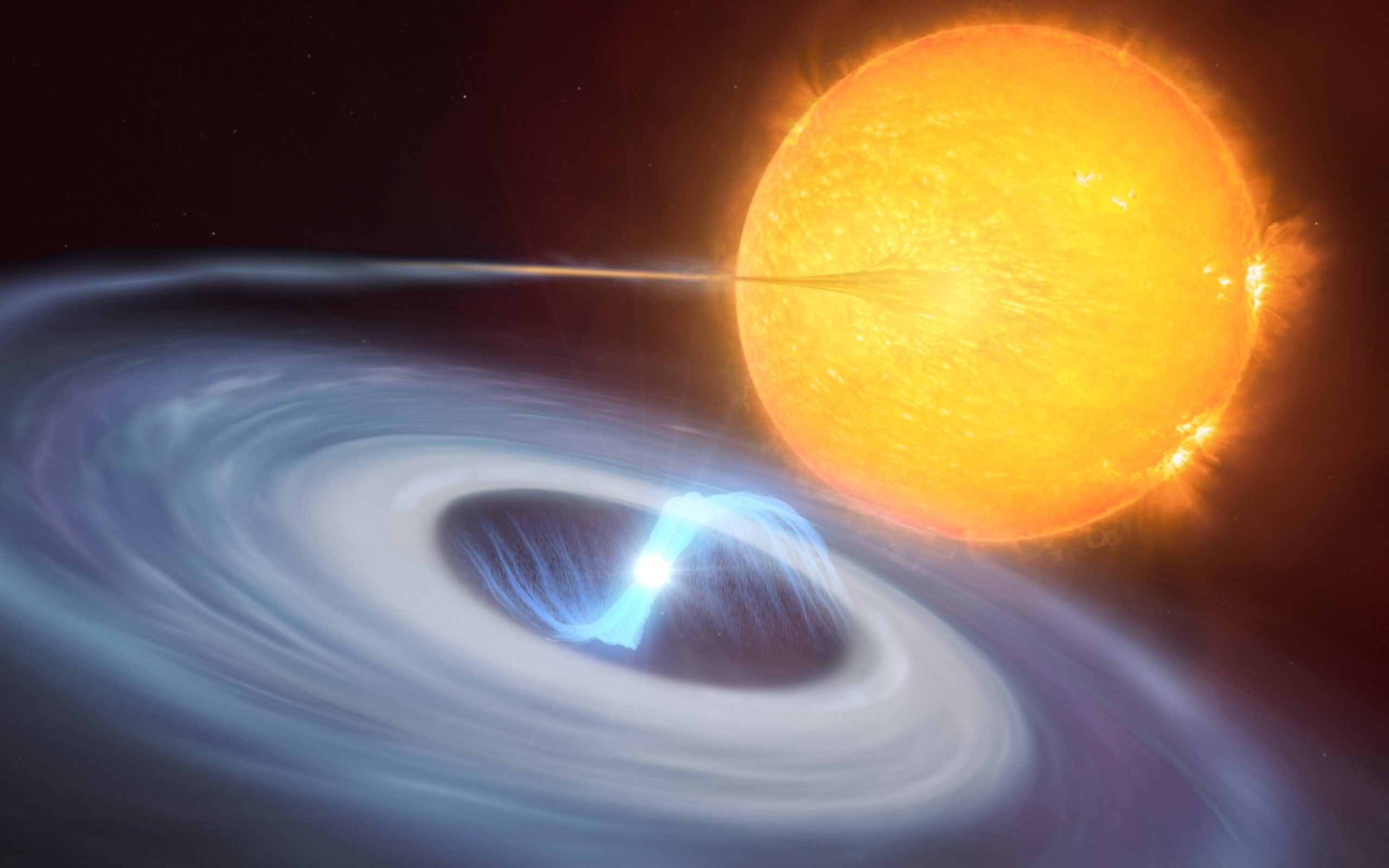Astronomers discover a new type of stellar explosion: micronovae
A team of astronomers has observed a new type of stellar explosion – a micronova – using the Very Large Telescope (VLT) at the European Southern Observatory (ESO). These outbursts occur on the surface of certain stars and consume an amount of stellar material equivalent to the mass of 3.5 billion Cheops pyramids in a few hours. In astronomical terms, this is still small – hence the name. Micronovae are much less energetic than the stellar explosions known as novae. Both types of explosions occur on white dwarfs.
“Micronovae challenge our understanding of how thermonuclear explosions occur in stars. Until now, we thought we knew, but this discovery reveals a completely new mechanism,” says Simone Scaringi, an astronomer at Durham University in the United Kingdom, who led the study of these explosions published in Nature.
First, in both cases, the white dwarf steals material, mainly hydrogen, from its companion star. When this gas falls onto the very hot surface of the white dwarf star, the hydrogen atoms explosively fuse into helium. In the case of novae, this happens over the entire surface of the star. “Such detonations make the entire surface of the white dwarf burn and shine brightly for several weeks,” explains co-author Nathalie Degenaar, an astronomer at the University of Amsterdam, the Netherlands.
With micronovae, on the other hand, the explosions last only for a few hours. That happens when the white dwarf has a strong magnetic field. It hurls the material toward the star’s magnetic poles. There, the hydrogen is trapped and fused. “This results in nuclear fusion bombs being ignited that are about one-millionth the strength of a nova explosion – hence the name micronova,” said Paul Groot, an astronomer at Radboud University in the Netherlands and co-author of the study.
It’s possible that such events occur more frequently than previously thought, but because they pass so quickly, observing them is difficult. The team first encountered these mysterious explosions while analyzing data from NASA’s Transiting Exoplanet Survey Satellite (TESS). “While reviewing the astronomical data collected by NASA TESS, we discovered something unusual: a bright optical flash that lasted for several hours. Upon further search, we found several similar signals,” Degenaar says.
The team observed three micronovae with TESS: two of them were from known white dwarfs, but the third required further observations with the X-Shooter instrument at ESO’s VLT to confirm its status as a white dwarf. “Using ESO’s Very Large Telescope, we were able to determine that all of these optical flashes were produced by white dwarfs,” Degenaar says.
